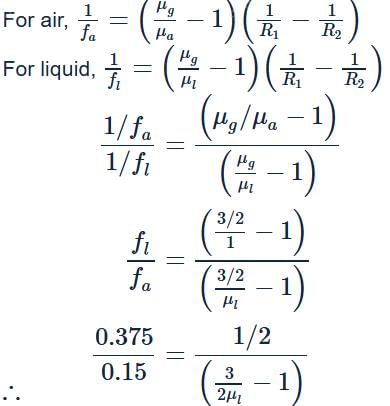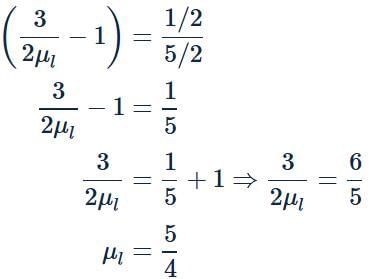Test: Refraction by Spherical Surfaces - JEE MCQ
5 Questions MCQ Test - Test: Refraction by Spherical Surfaces
A ray of light going from denser to rarer medium suffers refraction at a concave surface. Which of the following relations is correct?
Consider a curved surface between two different media with refractive indices n1 = 1 and n2 = 2. The relation between radius of curvature, image distance and object distance is given by
In the adjoining figure, SS is a spherical surface separating two media of refractive indices n1 and n2 where n1 > n2. C is the centre of curvature of the spherical surface. An observer, keeping his eye beyond C in the medium of refractive index n2 views the refracted image of an object AB placed as shown in the medium of refractive index n1. The image will be:

A thick plano convex lens made of crown glass (refractive index 1.5) has a thickness of 3cm at its centre. The radius of curvature of its curved face is 5cm. An ink mark made at the centre of its plane face, when viewed normally through the curved face, appears to be at a distance ‘x’ from the curved face. Then, x is equal to:
A convex lens of focal length 0.15 m is made of a material of refractive index 3/2. When it is placed in a liquid, its focal length is increased by 0.225 m. The refractive index of the liquid is






















